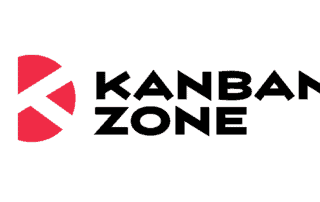Step by step exercise for creating a Kanban board
Build an effective Kanban board... There are many ways to create a Kanban board online. For example, you could use the value stream mapping technique by leveraging the mapped activities in your value stream as columns for your board. Over the years, we have refined our approach, and it's now a simple 5 step exercise. The key is to let the team associated with the process follow this exercise. Also, they build their board to keep improving over time. You can also leverage our coaching













